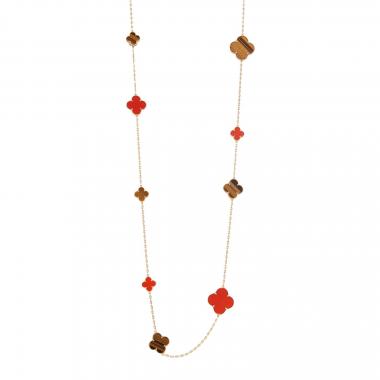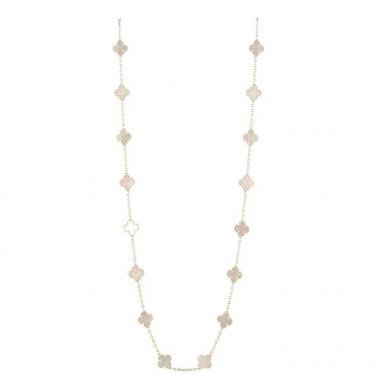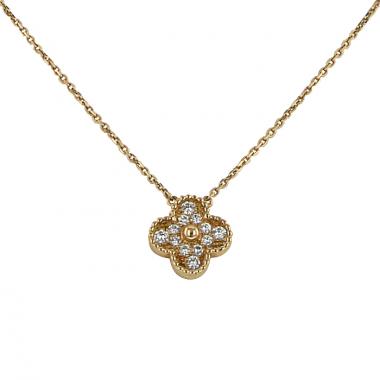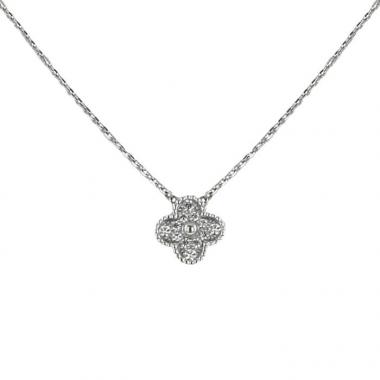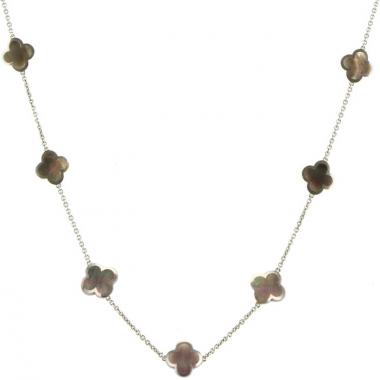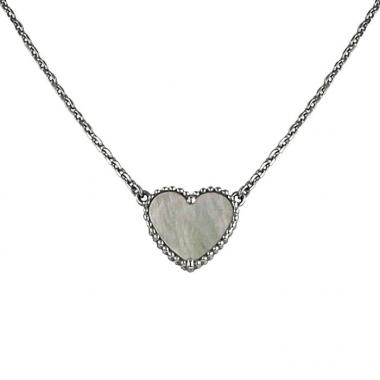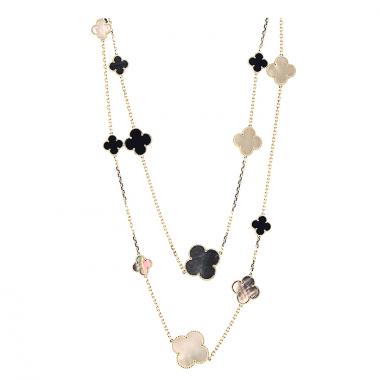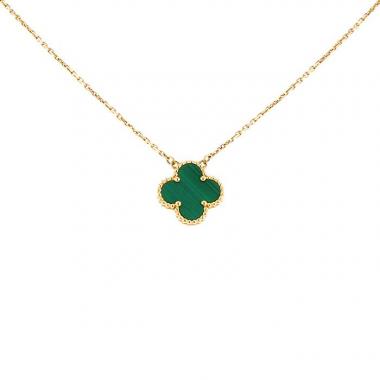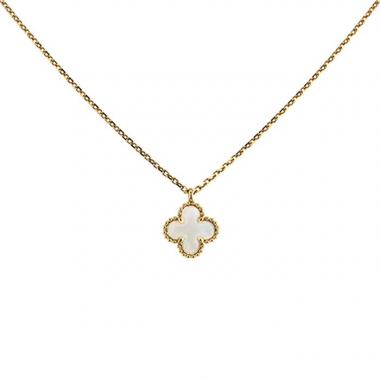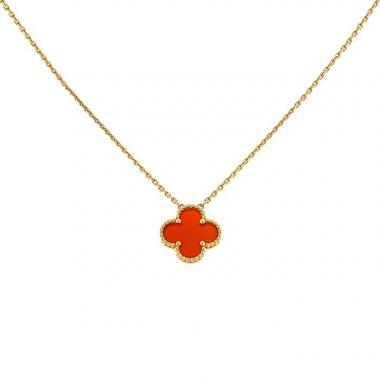The history of Van Cleef & Arpels Alhambra
“To be lucky, you have to believe in luck.” Jacques Arpels
The nephew of Estelle Arpels, the founder of the Hose of Van Cleef &
Minimise
Van Cleef & Arpels Alhambra jewellery
“To be lucky, you have to believe in luck.” Jacques Arpels
The nephew of Estelle Arpels, the founder of the Hose of Van Cleef & Arpels, after picking four-leaf clovers in his garden, had the idea of sending them to his friends as a message of good luck, accompanied by a short English poem entitled “Don’t Quit” with its positive and hopeful message. This wonderful gesture gave rise to the Alhambra collection.
In 1968, Van Cleef & Arpels designed a piece of jewelry, designed to be worn as a good luck charm, named Alhambra. Since then this iconic good luck charm rapidly became the brand’s symbol and has continually been updated ever since. Sensual and modern, the famous motif of the Alhambra four leaf clover rapidly won the hearts of women worldwide thanks to its finely sculpted lines. Among its most famous wearers have been Romy Schneider, Francoise Hardy and even Princess Grace of Monaco.
The Alhambra Collection enables the designer’s craft jewelers to give full expression to the excellence of their skill: pearled edges, sublime metalwork in gold, and the delicate mesh of the chain. So many details combine to establish the reputation of the House of Van Cleef and Arpels.
Alhambra also uses symbolism in its choice of materials: nacre for gentle femininity, malachite as a symbol of vitality and protection, snakewood for luck, onyx for beauty and spirituality and turquoise for friendship and generosity.
Collections by Van Cleef & Arpels have always made luck sparkle like a shower of precious wishes. As such, the iconic Alhambra pattern supports the women who wear it, opening up the endless range of opportunities and inspiring ideas that it incorporates.
